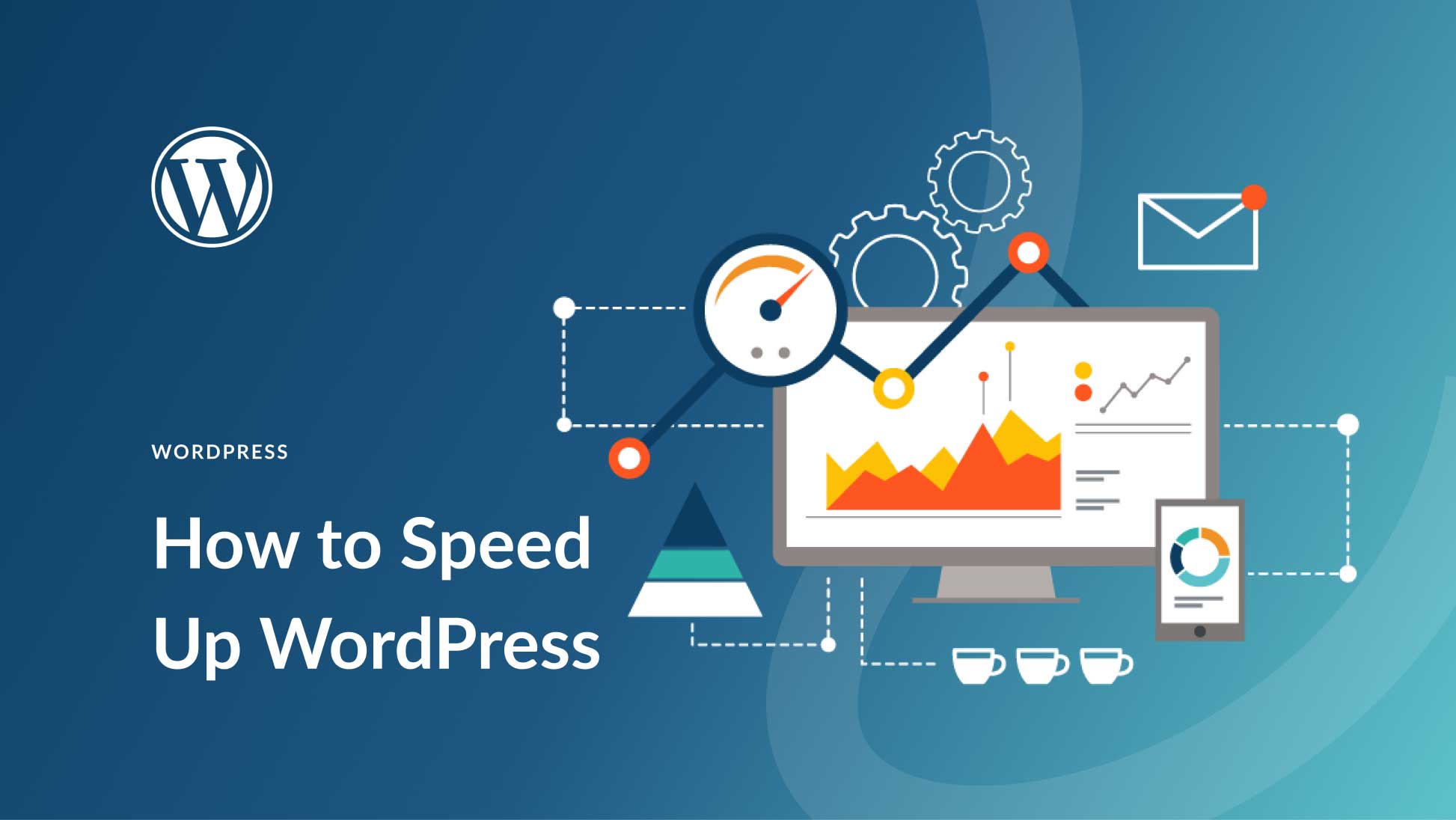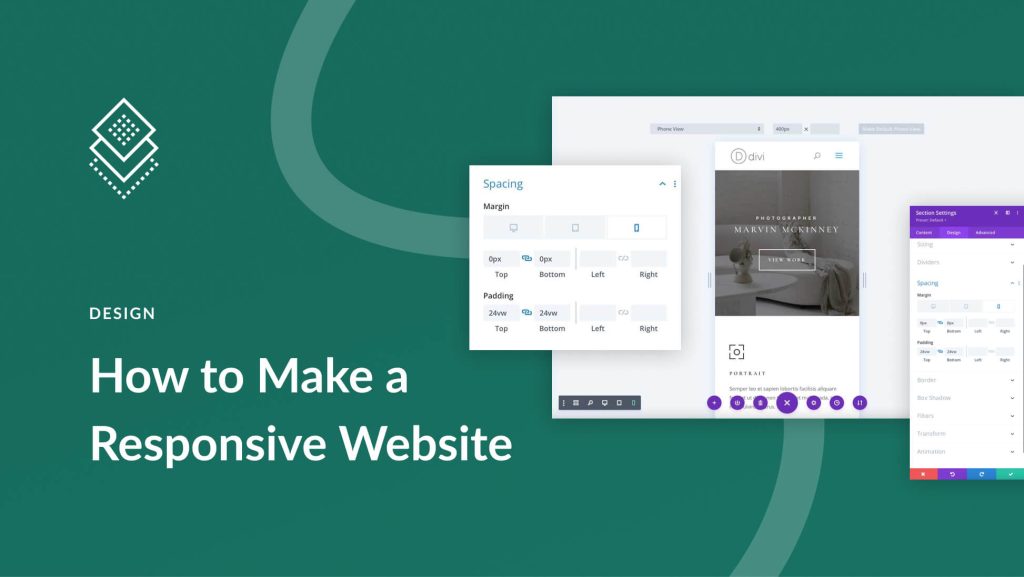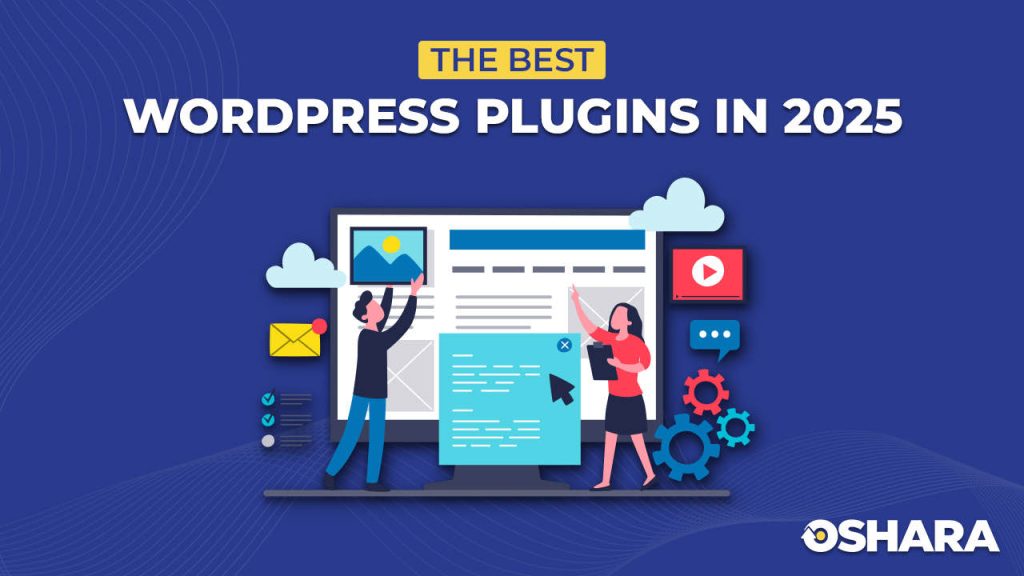A fast, SEO-friendly website is crucial for attracting visitors and converting them into clients. Slow websites frustrate users, increase bounce rates, and hurt your Google rankings. WordPress websites, while flexible and powerful, can slow down if not optimized properly.
In this guide, we’ll explore step-by-step strategies to optimize your WordPress website for speed and SEO in 2025, including caching, image optimization, plugins, mobile responsiveness, and more. By the end, you’ll have a fast, high-performing site ready to compete online.
Step 1: Choose a Fast Hosting Provider
Your website speed starts with hosting. Cheap or slow hosting can make optimization efforts ineffective.
Recommended hosting for WordPress:
- SiteGround – Excellent performance and support
- Bluehost – Beginner-friendly with good uptime
- Hostinger – Affordable with fast loading
- WP Engine – Premium managed hosting for speed and security
Pro Tip: Choose hosting that supports LiteSpeed, caching, and CDN integration.
Step 2: Use a Lightweight Theme
A theme affects speed and performance. Heavy themes with lots of built-in features can slow down your site.
Best lightweight themes in 2025:
- Astra – Fast, responsive, and highly customizable
- GeneratePress – Optimized for performance
- Hello Elementor – Ideal for Elementor-based designs
Pro Tip: Avoid bloated multipurpose themes if you want a fast-loading website.
Step 3: Optimize Images and Media
Large images are a common cause of slow websites.
Tips for image optimization:
- Compress images before uploading (JPEG/PNG)
- Use WebP format for better performance
- Enable lazy loading so images load as users scroll
- Use CDN to serve images faster globally
Pro Tip: Plugins like Smush or ShortPixel can automate image optimization.
Step 4: Enable Caching
Caching stores static copies of your website pages for faster delivery.
Popular caching plugins:
- WP Rocket – Premium but highly effective
- LiteSpeed Cache – Free and fast on LiteSpeed servers
- W3 Total Cache – Comprehensive caching options
Caching tips:
- Enable page caching
- Enable browser caching
- Minify CSS, JS, and HTML files
Pro Tip: Combine caching with a CDN for best performance worldwide.
Step 5: Minimize Plugins and Scripts
Too many plugins or poorly coded ones can slow down your site.
Optimization tips:
- Only keep necessary plugins
- Use lightweight alternatives when possible
- Combine and defer JS/CSS files if possible
- Remove unused themes and plugins
Pro Tip: Regularly audit plugins for speed and compatibility.
Step 6: Improve Mobile Responsiveness
Mobile traffic accounts for more than 50% of website visits. Google also prioritizes mobile-friendly websites.
Tips for mobile optimization:
- Use responsive themes or Elementor’s responsive controls
- Test on multiple devices
- Ensure buttons, forms, and menus are mobile-friendly
Pro Tip: Use Google’s Mobile-Friendly Test to identify issues.
Step 7: SEO Optimization for WordPress
SEO helps search engines understand your content and rank it higher.
Key SEO strategies:
- Use Yoast SEO or Rank Math for on-page optimization
- Add meta titles and descriptions for every page
- Structure content with proper headings (H1, H2, H3)
- Add alt text for images
- Create a sitemap and submit to Google Search Console
Pro Tip: Focus on long-tail keywords and optimize content for user intent.
Step 8: Use a Content Delivery Network (CDN)
A CDN delivers website content from servers closest to the visitor, reducing load time.
Popular CDNs:
- Cloudflare – Free plan available, easy setup
- StackPath CDN – Premium option with fast global delivery
- KeyCDN – Affordable and reliable
Pro Tip: Combine CDN with caching for maximum speed improvement.
Step 9: Monitor Website Speed and Performance
Regular monitoring helps identify and fix performance issues.
Tools to check website speed:
- Google PageSpeed Insights – Page performance and recommendations
- GTmetrix – Detailed speed and optimization report
- Pingdom – Website load time and performance metrics
Key metrics to watch:
- Page load time (ideally < 3 seconds)
- Largest Contentful Paint (LCP)
- Cumulative Layout Shift (CLS)
- Total Blocking Time (TBT)
Pro Tip: Regularly update WordPress, themes, and plugins to maintain performance.
Step 10: Optimize for Core Web Vitals
Core Web Vitals are Google metrics measuring user experience:
- LCP – How fast the main content loads
- FID – How responsive the site is to user interactions
- CLS – Visual stability while loading
Tips for Core Web Vitals:
- Optimize images and videos
- Minimize JavaScript blocking
- Use a fast hosting provider
- Implement caching and CDN
Pro Tip: Satisfying Core Web Vitals improves SEO rankings and user experience.
Conclusion & Call-to-Action
Optimizing your WordPress website for speed and SEO is essential in 2025 to retain visitors, increase conversions, and rank higher in search engines. By implementing fast hosting, lightweight themes, caching, image optimization, mobile responsiveness, and SEO best practices, you’ll have a website that performs exceptionally well.
If you want a fully optimized, fast, and SEO-friendly WordPress website, contact me today, and I’ll build a website that not only looks amazing but also performs at its best.





